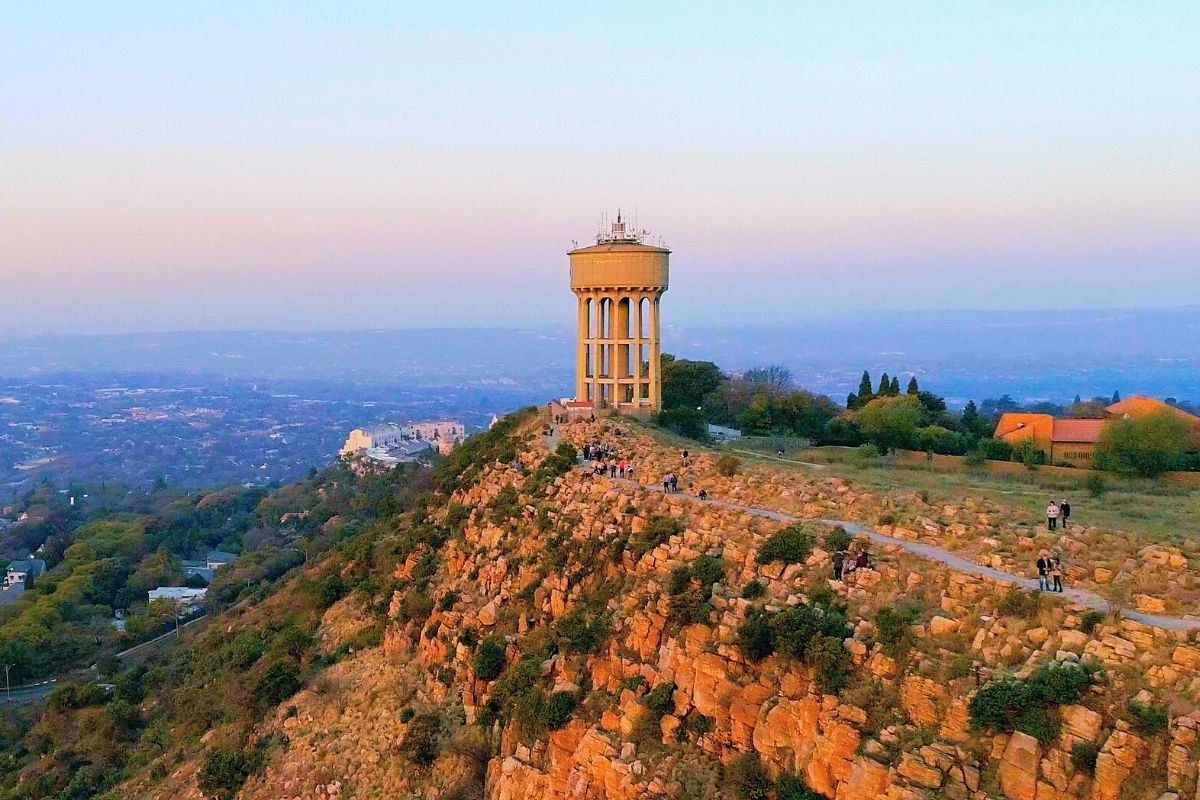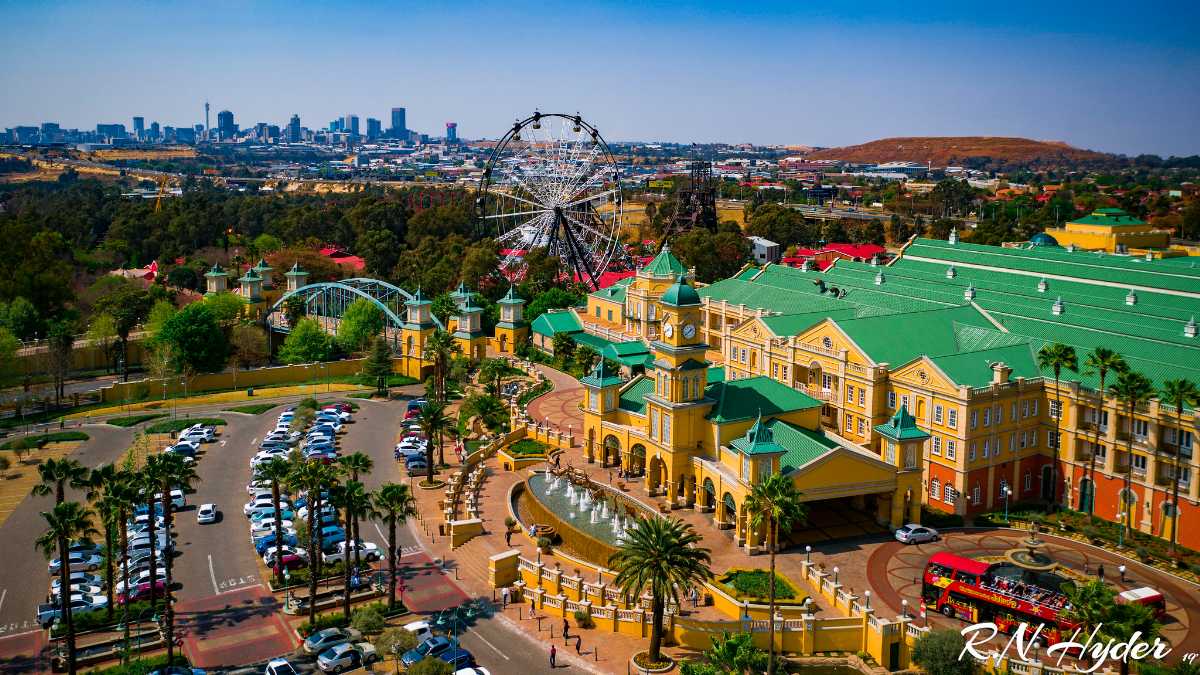Some Known Incorrect Statements About Johannesburg North Attractions
Some Known Incorrect Statements About Johannesburg North Attractions
Blog Article
Johannesburg North Attractions Fundamentals Explained
Table of ContentsThe Facts About Johannesburg North Attractions UncoveredAll About Johannesburg North AttractionsThe Definitive Guide to Johannesburg North AttractionsThe Best Guide To Johannesburg North AttractionsThe Single Strategy To Use For Johannesburg North AttractionsAll about Johannesburg North AttractionsThe smart Trick of Johannesburg North Attractions That Nobody is Talking About
You ought to keep safety in mind and tourists should continue to be alert at all times when in unfamiliar surroundings. Speak to the locals when you are in community to locate out concerning the location you are staying in. Johannesburg North attractions. When on the street (this doesn't put on shopping center and various other safe and secure settings) finest general guidance is to try your best to look like a neighborhood and to stay clear of presenting any kind of kind of riches
The smart Trick of Johannesburg North Attractions That Nobody is Talking About
Professor Revil Mason O. J. (Thomson, 1946) explored the Witwatersrand's pre-colonial history. His historical job blew up the 'em pty land' myth, according to which the region was empty of human habitation before the arrival of European settlers. In his publications Prehistory of the Transvaal: A Document of Human Task (1962) and Origins of Black People of Johannesburg and the Southern Western Central Transvaal Advertisement 3501880 (1986 ), Professor Mason demonstrated the extent of social and financial growth in the area before Europeans set foot below.

Rumored Buzz on Johannesburg North Attractions
In 1878, David Wardrop located gold in quartz blood vessels at Zwartkop, north of Krugersdorp. In 1881, Stephanus Minnaar came across gold on the ranch Kromdraai, near the Cradle of Mankind.
In March 1886, an outcropping (soon to be called the Key Coral reef) was located, rather luckily, on Gerhardus Oosthuizen's farm Langlaagte. Some say that the Lancastrian coal miner George Pedestrian uncovered this coral reef. An additional travelling English miner, George Harrison (that had previously operated in Australian mines) obtained a prospecting licence in regard of Langlaagte in Might 1886.
He made a decision to move on in a pursuit for greener fields, and disposed of his Langlaagte claim for the princely amount of 10. Alas: below lay the richest goldfield ever before found. The exploration of this rich auriferous reef prompted a gold thrill that signified completion of bucolic tranquillity in the southerly Transvaal.
It would certainly, within 6 years, become the biggest town in southerly Africa. Within a decade, it would make the Z. A. R. until then an anarchical and bankrupt little state the wealthiest country in Africa. By the turn of the century, the Z. A. R. was to surpass Russia, Australia and the USA of America to become the world's leading gold producer, producing greater than a quarter of the world's gold.
The Definitive Guide to Johannesburg North Attractions
It was called Ferreira's Camp, called after Colonel Ignatius Ferreira. He was a Boer adventurer upon whom the British authorities had presented the status of Companion of the Most Differentiated Order of St Michael and St George (entitling him to the post-nominal letters C. other M. G.) in appreciation for his role in the battle that had actually deposed the Pedi king Sekhukhune in 1879.
Quickly the camp was teeming with camping tents and wagons as novices showed up daily from everywhere. By September 1886, some 400 individuals stayed in Ferreira's Camp, which soon boasted upreared iron and wood structures. Two other camps were established: Meyer's Camp on the farm Doornfontein, and Paarl Camp. The latter was nicknamed Afrikander Camp; many people from the Cape Colony settled there.

Things about Johannesburg North Attractions
This name acquired money by word of mouth, such that the State Secretary affirmed the read review name to the Mining Commissioner on 9 October 1886. Stands in the village were auctioned on 8 December 1886. While some stands were offered for 10, others were knocked down for as low as sixpence.
2 years later on, these erven go were to change hands for as high as 750 each. The tented camps diminished as a dorp of corrugated iron buildings developed and increased north of the mines situated along the Main Coral Reef Road. Areas such as Jeppe's Town (where working-class immigrants erected their residences) and Doornfontein (where the wealthy new 'Randlords' began to create their opulent residences) were quickly included to the ever-expanding map of the community.
How Johannesburg North Attractions can Save You Time, Stress, and Money.
Apart from the street names, there were no indicators of Johannesburg being located in a Dutch-speaking country., virtually everybody spoke English and also the Government servants resolved one in English, unless they were very first addressed in the Taal (or Low Dutch)'.
As such, Britain had a passion in making sure optimal problems for gold manufacturing on the Witwatersrand, and that the gold was exported to London rather than Berlin a vital provided all the a lot more clamant by the Z. A. R - Johannesburg North attractions.'s boosting toenadering with Germany. Mine owners were on a clash with Head of state Kruger, whose plan of monopolistic concessions (commonly given to his cronies) stopped mining companies from obtaining products of materials (particularly dynamite) and work by themselves, less expensive terms
The 9-Minute Rule for Johannesburg North Attractions
In 1890, the Volksraad had restricted the franchise business to white males that had actually stayed in the Z. A. R. for fourteen years or longer, hence invalidating many of the immigrants (that happened to be the major contributors to the fiscus). However, agitation for the vote was a mere pretext for promoting a different agenda; most uitlanders regarded themselves as short-term site visitors and had no intention of continuing to be in the Z.
Report this page